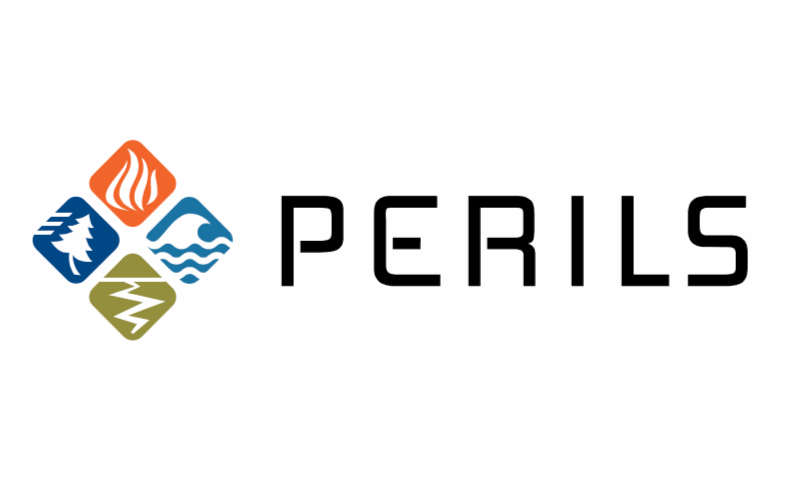PERILS adds severe convective storm to 2025 IED as exposure growth persists

The 2025 Industry Exposure Database (IED) from Zurich-based catastrophe loss data aggregator, PERILS AG, includes market sums insured for the severe convective storm (SCS) peril for the first time, while exposure growth across all markets continues.
This year, the IED includes sums insured exposed to natural perils totalling USD 108 trillion of insured property assets, reflecting growth of 3.9% year-on-year at constant USD exchange rates, but -2.8% at variable US exchange rates owing to the strengthening dollar in 2024.
For 2025, the PERILS IED includes market sums insured for the SCS peril in Europe, Japan, and New Zealand, while motor hull sums insured, a contributor to SCS losses, have also been included.
Looking at just the Europe windstorm peril, PERILS notes a 3.4% year-on-year increase in sums insured at constant EUR exchange rates and 4% at variable EUR exchange rates, which are similar to pre-2023 levels as inflationary pressures have eased off over the last two years.
“There has been growing demand from (re)insurers for PERILS to include the severe convective storm perils in our exposure database following multi-billion-dollar loss events in Germany, France and Italy in recent years. We are therefore extremely grateful for the support of all our data providing insurance companies who have provided sums insured information for the SCS peril, in addition to the exposure data covering all other major natural perils,” said Christoph Oehy, CEO of PERILS.
PERILS produced the 2025 IED from the ground-up by collecting sums insured property information from many insurance markets across all of the territories it covers. The sums insured are available by CRESTA zone, business line, and coverage type.
The in-force date of the exposure data is January 1st, 2025, for this latest IED release.
“Severe convective storms often generate hail which can cause significant damage to motor portfolios. It was therefore important to include motor exposures in our SCS database, alongside property exposures. We believe this is the first time that market motor portfolios, based on broad and systematic data collections from insurance companies, have been made available. We are proud of this achievement and thank our data providers for their ongoing commitment,” continued Oehy.



